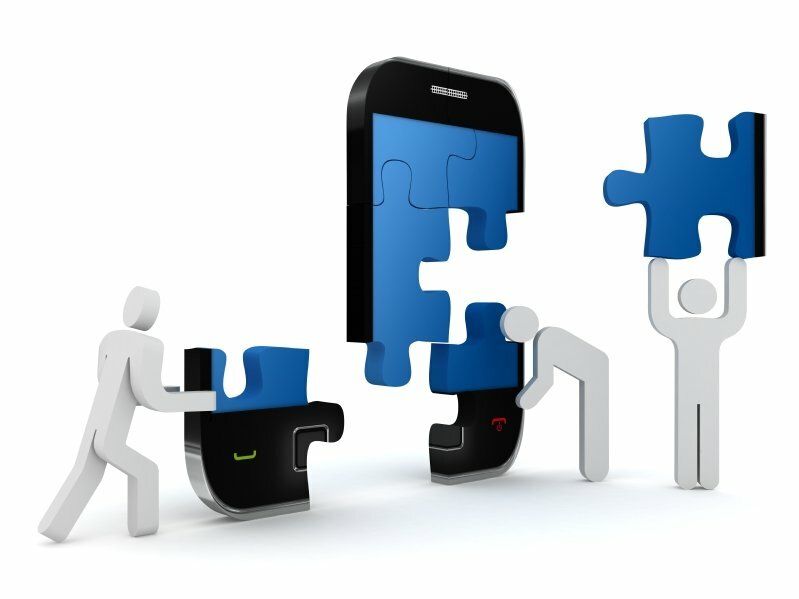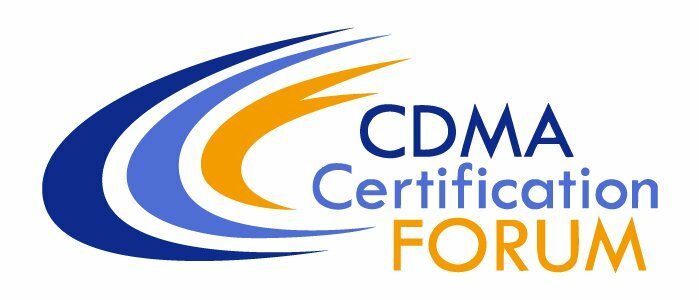CERTIFICATION
 EXCELLENCE THROUGH CERTIFICATION
EXCELLENCE THROUGH CERTIFICATIONThe CCF is the official certification authority for all cdma2000.
The CCF Certification Process accelerates the qualification of CDMA devices and reduces certification cost.
MORE CONTROL TO VENDORS OVER TIME AND MONEY SPENDINGS!
After listening to the need of operators and vendors worldwide, CCF has recently made some important changes to the procedure vendors have to follow to get their devices certified.
Vendors are now able to get their devices certified through any test facility (in-house or outsourced) that use test platforms* validated by the CCF. This improvement greatly enhances vendors’ control over the overall process, allowing them to compare labs for the best price or quickest turnover, or even by managing the process through an in-house lab, greatly reducing cost and time.
Vendors can however continue working with one of the CCF Authorized Facilities(ATFs) listed on this website. ATFs complete CCF Certification on test platforms that have been validated by the CCF. All ATFs are accredited ISO17025 and audited by an authorized CCF subject matter expert.
Click here to see the complete list of CCF Authorized Test Facilities (ATFs)
The CCF in partnership with Interlab, developed an online Test Plan Database (TPDB) that enables the creation of device-specific test plans that may be used to test and Certify Terminal Devices through the use of the CCF Certification Process. The TPDB contains test cases, which have been defined in test specifications from various organizations, including the CCF, 3GPP2, OMA and others.
The CCF TPDB provides vendors the ability to create a Device Definition Table (DDT) that clearly defines the features and functions supported by the Terminal Device. Using the DDT, the TPDB will generate a test plan specific to each Terminal Device. This TPDB-generated test plan may then be used by a Testing Facility to perform testing of the Terminal Device.
The test plan that is generated clearly defines the testing requirements of the device for the purpose of obtaining CCF Certification.
All test cases included in a test plan shall be executed on Test Platforms validated by the CCF and all required test cases must pass in order for the Terminal Device to complete CCF Certification.
For more information, please click on the desired link below:
Click here to listen to what Lou LaMedica from Verizon says about the benefits of certification
 The CCF in partnership with CDMA industry’s major players has developed the best CDMA certification process available today. The CCF certification consolidates in one clear and concise process, all the minimum performance, interoperability and conformance testing necessary to ensure that all CDMA devices are certified to operate in accordance with their respective global industry standards.
The CCF in partnership with CDMA industry’s major players has developed the best CDMA certification process available today. The CCF certification consolidates in one clear and concise process, all the minimum performance, interoperability and conformance testing necessary to ensure that all CDMA devices are certified to operate in accordance with their respective global industry standards.
NOTE: The CCF global certification process is an evolutionary step forward from the now retired CDG recommended test guidelines, known as CDG 1, 2 and 3.

